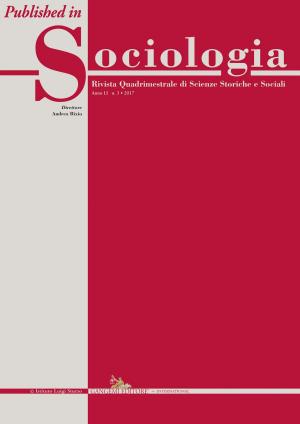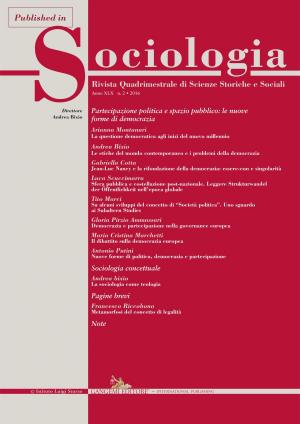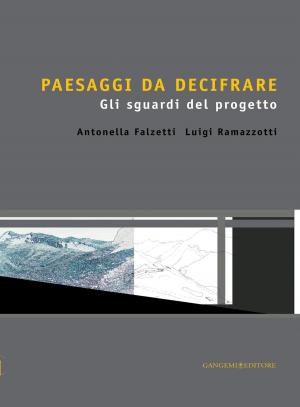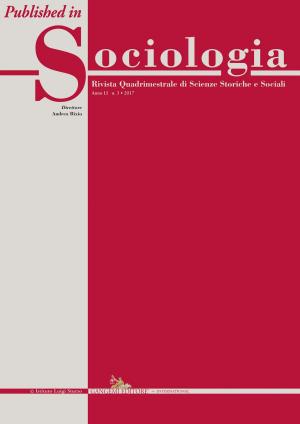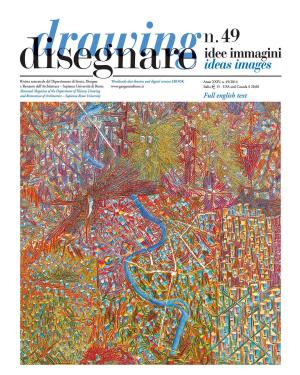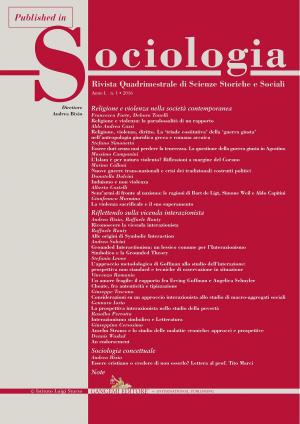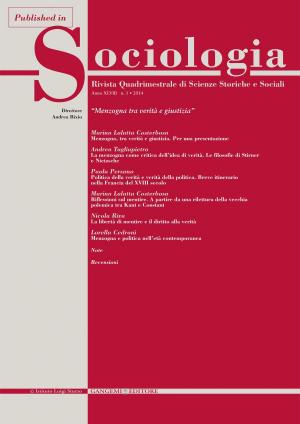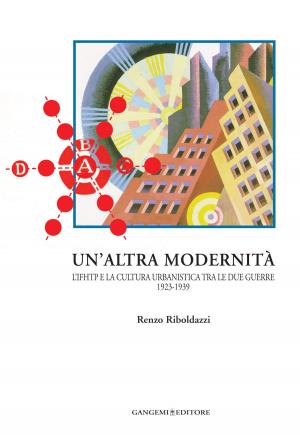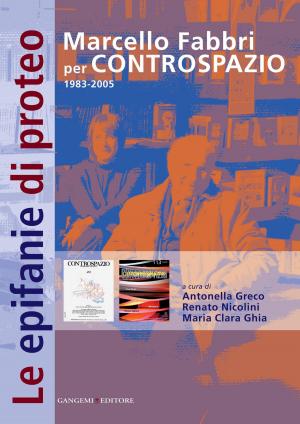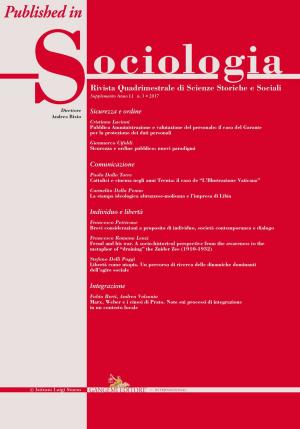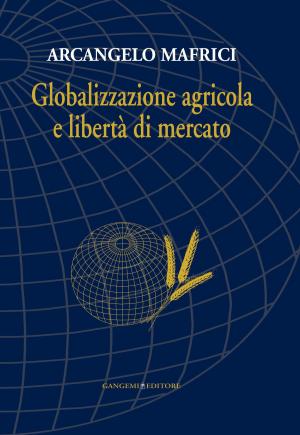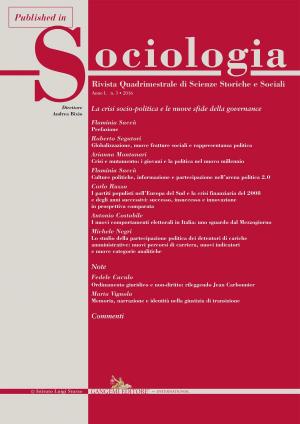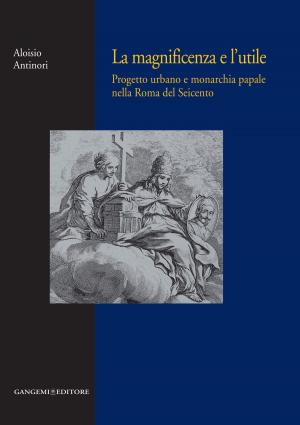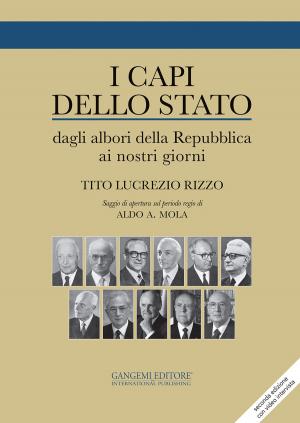Testing ancient textile tools in Southern Etruria (Central Italy): Experimental archaeology versus experiential archaeology
Published in Origini n. XL/2017. Rivista annuale del Dipartimento di Scienze dell’Antichità – “Sapienza” Università di Roma | Preistoria e protostoria delle civiltà antiche – Prehistory and protohistory of ancient civilizations
Nonfiction, Social & Cultural Studies, Social Science, Archaeology, Anthropology| Author: | Romina Laurito | ISBN: | 9788849243055 |
| Publisher: | Gangemi Editore | Publication: | January 24, 2019 |
| Imprint: | Gangemi Editore | Language: | English |
| Author: | Romina Laurito |
| ISBN: | 9788849243055 |
| Publisher: | Gangemi Editore |
| Publication: | January 24, 2019 |
| Imprint: | Gangemi Editore |
| Language: | English |
Published in Origini n. XL/2017. Rivista annuale del Dipartimento di Scienze dell’Antichità – “Sapienza” Università di Roma | Preistoria e protostoria delle civiltà antiche – Prehistory and protohistory of ancient civilizations | The debate regarding experimental archaeology versus the experience of archaeology is currently quite heated in Italy. Experience of archaeology, storytelling and historical re-enactment are the latest trends. Experts and non-expert enthusiasts are often involved in experimental activities as well as in experience of archaeology and re-enacting. Treating these very different aspects of archaeology in the same way is creating confusion. My paper aims to contribute to this discussion. This paper presents the experience of re-enactments and storytelling that were developed during 2014-2016 at the Etruscan Museum of Villa Giulia, Rome, as well the as activities that formed part of an experimental archaeology approach that were conducted during research into Etruscan textile tools. I will first outline the experiences of archaeology as a means to disseminate and communicate knowledge. The events recently organised at the National Etruscan Museum of Villa Giulia in Rome will be used as examples. The second part will be dedicated to the recent practical experiments carried out at La Sapienza University of Rome in collaboration with the Villa Giulia Museum to understand the function of some pre-Etruscan and Etruscan textile tools (10th-5th centuries BC). The focus will be on the theoretical approaches we adopted.
Published in Origini n. XL/2017. Rivista annuale del Dipartimento di Scienze dell’Antichità – “Sapienza” Università di Roma | Preistoria e protostoria delle civiltà antiche – Prehistory and protohistory of ancient civilizations | The debate regarding experimental archaeology versus the experience of archaeology is currently quite heated in Italy. Experience of archaeology, storytelling and historical re-enactment are the latest trends. Experts and non-expert enthusiasts are often involved in experimental activities as well as in experience of archaeology and re-enacting. Treating these very different aspects of archaeology in the same way is creating confusion. My paper aims to contribute to this discussion. This paper presents the experience of re-enactments and storytelling that were developed during 2014-2016 at the Etruscan Museum of Villa Giulia, Rome, as well the as activities that formed part of an experimental archaeology approach that were conducted during research into Etruscan textile tools. I will first outline the experiences of archaeology as a means to disseminate and communicate knowledge. The events recently organised at the National Etruscan Museum of Villa Giulia in Rome will be used as examples. The second part will be dedicated to the recent practical experiments carried out at La Sapienza University of Rome in collaboration with the Villa Giulia Museum to understand the function of some pre-Etruscan and Etruscan textile tools (10th-5th centuries BC). The focus will be on the theoretical approaches we adopted.

